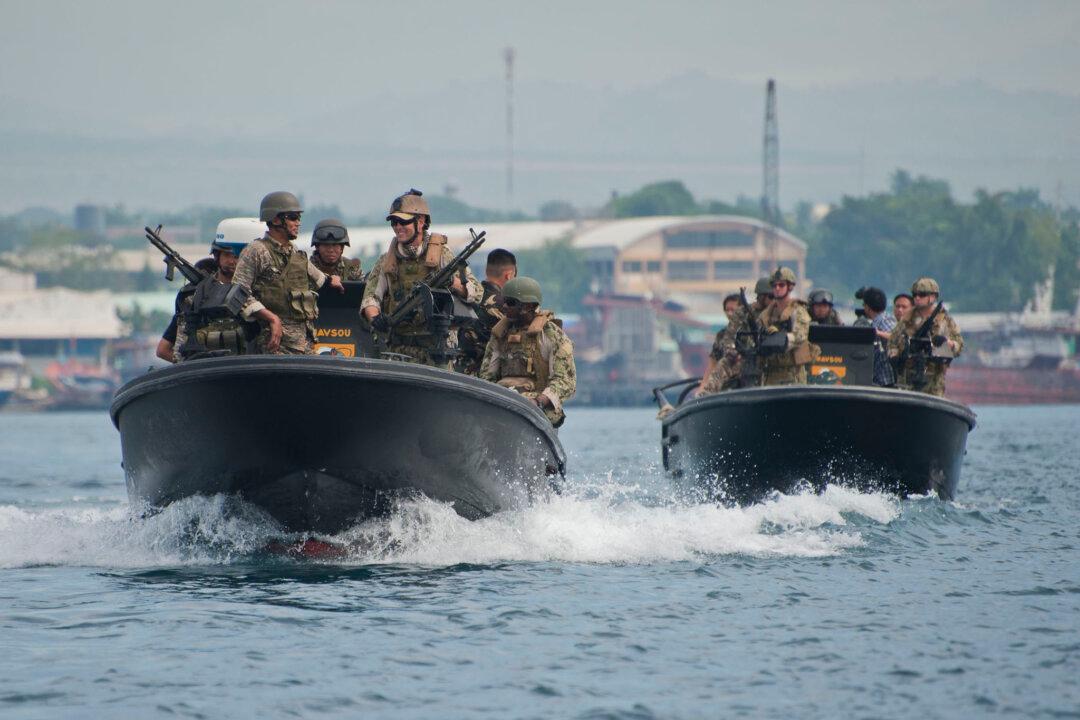The seconds-in-command of five U.S. military branches gave detailed updates about how their services are enhancing combat readiness during an April 19 hearing before the House Armed Services Committee’s Readiness Subcommittee.
So, when the same four generals and an admiral were slated to again address readiness in a May 2 hearing before the Senate Armed Services Readiness and Management Support Subcommittee, expectations were the same story, just a different chamber, with a rehash of presentations from their previous hearings.





